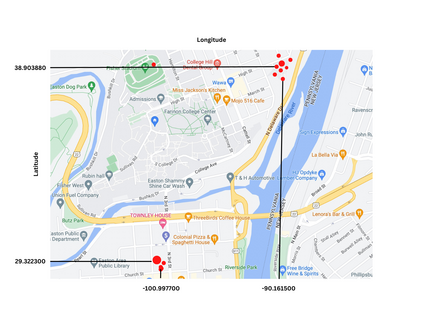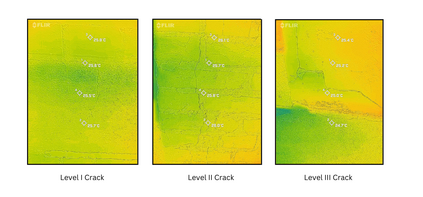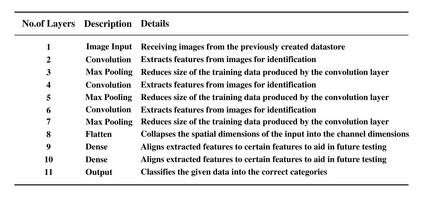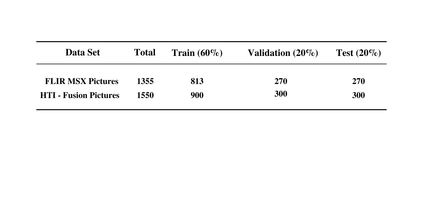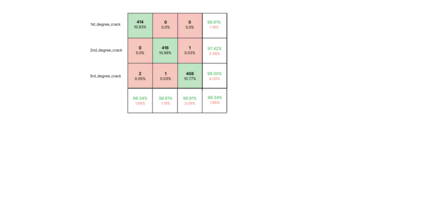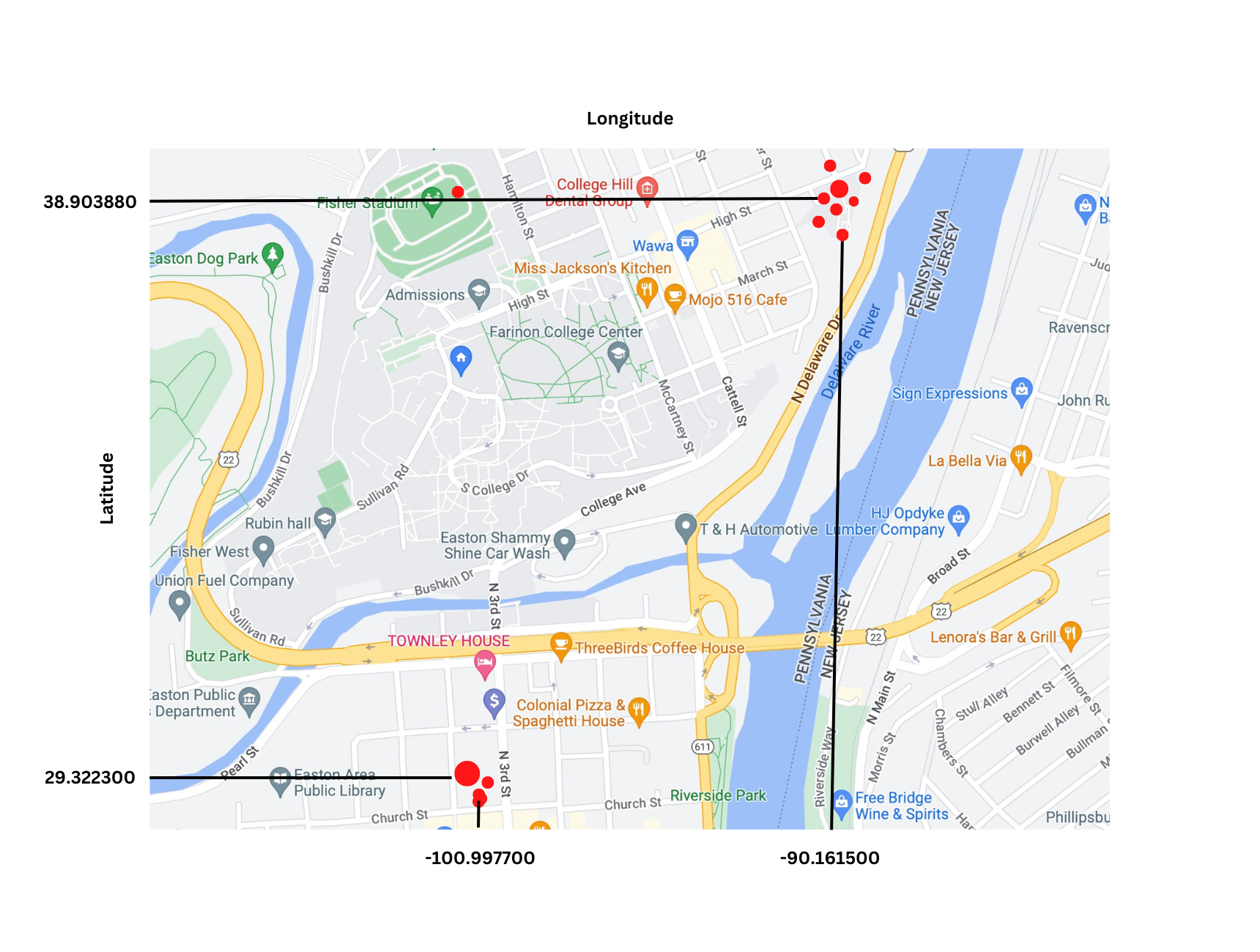Due to the environmental impacts caused by the construction industry, repurposing existing buildings and making them more energy-efficient has become a high-priority issue. However, a legitimate concern of land developers is associated with the buildings' state of conservation. For that reason, infrared thermography has been used as a powerful tool to characterize these buildings' state of conservation by detecting pathologies, such as cracks and humidity. Thermal cameras detect the radiation emitted by any material and translate it into temperature-color-coded images. Abnormal temperature changes may indicate the presence of pathologies, however, reading thermal images might not be quite simple. This research project aims to combine infrared thermography and machine learning (ML) to help stakeholders determine the viability of reusing existing buildings by identifying their pathologies and defects more efficiently and accurately. In this particular phase of this research project, we've used an image classification machine learning model of Convolutional Neural Networks (DCNN) to differentiate three levels of cracks in one particular building. The model's accuracy was compared between the MSX and thermal images acquired from two distinct thermal cameras and fused images (formed through multisource information) to test the influence of the input data and network on the detection results.
翻译:由于建筑业造成的环境影响,对现有建筑进行重新规划,提高现有建筑的能效已成为一个高度优先的问题,然而,土地开发商的合理关切与建筑物的养护状态相关,因此红外热学被作为强有力的工具,通过探测裂缝和湿度等病理学,确定这些建筑的养护状态; 热照相机探测任何材料释放的辐射,并将其转化为温度-色标图像; 异常温度变化可能表明存在病理,然而,读取热图像可能并不十分简单。 本研究项目的目的是将红外热成像和机器学习(ML)结合起来,帮助利益攸关方通过更高效和准确地查明现有建筑物的病理和缺陷,确定重新使用现有建筑物的可行性。在这一研究项目的特定阶段,我们使用了一个图像分类机学习模型,以区分某一建筑物中三种程度的裂缝。模型的准确性是将从两个不同的热感应摄像头和电磁带图像(通过多源信息检测结果)获得的MSX和热象图像(通过多级检测结果)用来测定数据的影响。

